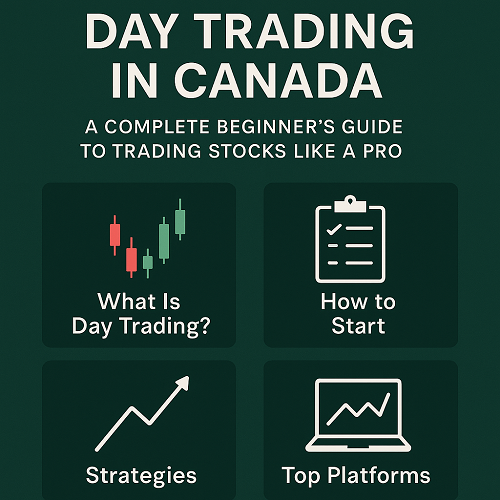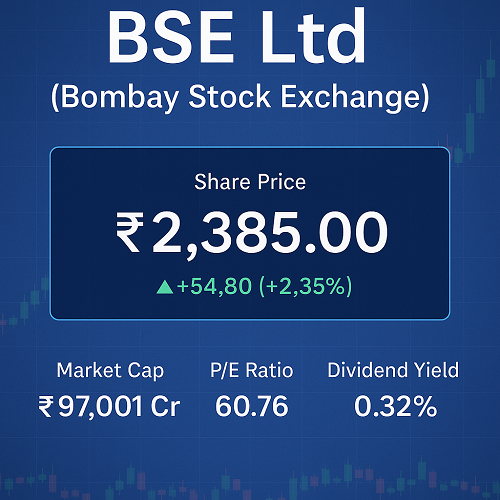Understanding Goldman Sachs (GS) Stock
Goldman Sachs Group, Inc. (NYSE: GS) is one of the world’s leading investment banks and financial services institutions. Headquartered in New York City, Goldman Sachs operates globally, providing investment banking, asset management, trading, and wealth advisory services to corporations, governments, and high-net-worth individuals.
As of November 2025, the GS stock price trades near $797 per share, reflecting investor confidence in the company’s strong balance sheet and leadership position in global finance. In this comprehensive guide, we’ll explore Goldman Sachs’ operations, financial performance, valuation, risks, and market outlook — providing a complete, data-driven understanding of this major Wall Street firm.
Company Overview
A. Brief History
Founded in 1869 by Marcus Goldman, the firm began as a small commercial paper business in New York. Over the following 150+ years, it evolved into a multinational powerhouse — a leader in investment banking, trading, and wealth management.
Goldman Sachs has weathered market crashes, financial crises, and global regulatory shifts, consistently adapting to maintain its competitive edge.
B. Business Segments
Goldman Sachs operates under four primary segments:
- Investment Banking – Advisory services for mergers & acquisitions (M&A), debt and equity underwriting, and corporate restructuring.
- Global Markets – Trading in fixed income, commodities, currencies, and equities. This division provides liquidity and risk management for institutional clients.
- Asset & Wealth Management – Managing assets for institutions and individuals, generating fee-based recurring revenue.
- Platform Solutions – Focused on consumer and digital banking innovations (including partnerships with Apple Card and Marcus).
Together, these segments provide diversification across market cycles and ensure multiple revenue streams, balancing cyclical trading revenue with steady management fees.
Recent Financial Performance
A. Revenue Trends
In the most recent fiscal year, Goldman Sachs reported approximately $49 billion in total revenue, marking an increase from the prior year’s $40.9 billion. This growth was largely driven by:
- A rebound in investment banking fees following a recovery in global M&A activity.
- Robust performance in its trading divisions amid volatile financial markets.
- Steady growth in asset and wealth management due to market appreciation and inflows.
B. Profitability
Net income rose by more than 30% year-over-year, as efficiency improvements and higher trading revenue supported margin expansion. The bank’s return on equity (ROE) remains strong at around 13%, comfortably above the industry average for global financial institutions.
C. Balance Sheet Strength
Goldman maintains one of the strongest capital positions in the sector, with a Tier 1 capital ratio above 14% — well above regulatory requirements. Liquidity coverage ratios remain robust, ensuring flexibility during market stress.
Valuation and Stock Fundamentals
A. Market Metrics (as of November 2025)
- Stock Price: ~$797
- Market Capitalization: ≈ $260 billion
- P/E Ratio: ~18.4x
- Dividend Yield: ~2.6%
- 52-Week Range: $601 – $820
These figures suggest that GS trades at a premium compared to many traditional banks but remains in line with leading financial peers such as Morgan Stanley (MS) and JPMorgan Chase (JPM).
B. Dividend Policy
Goldman Sachs maintains a consistent dividend policy, paying quarterly dividends with gradual increases over the past decade. The company also conducts periodic share repurchases, enhancing shareholder value and EPS growth.
C. Analyst Consensus
Analysts’ price targets for GS generally range between $780 and $850, reflecting moderate upside potential. Consensus ratings categorize GS as a “Hold” to “Moderate Buy”, supported by its strong fundamentals and diversified revenue base.
Competitive Position and Market Environment
A. Industry Context
Goldman Sachs competes with major global players including Morgan Stanley, JPMorgan Chase, Bank of America, and Citigroup. In recent years, it has expanded its asset and wealth management operations to generate stable, fee-based income — a strategic pivot away from volatile trading-dependent revenue.
B. Macro Factors
Several external factors influence Goldman Sachs’ profitability:
- Interest Rate Trends: The U.S. Federal Reserve’s policy trajectory directly affects lending spreads and trading activity.
- Capital Markets Activity: M&A, IPOs, and bond issuance volumes correlate strongly with GS investment banking fees.
- Global Economic Conditions: Economic growth, inflation, and geopolitical risk shape investment flows and client sentiment.
C. Technological Innovation
Goldman Sachs continues to integrate artificial intelligence and data analytics across operations to improve trading efficiency, compliance monitoring, and risk management. In 2025, it launched a firmwide AI assistant aimed at improving productivity and data-driven decision-making.
Technical Analysis of GS Stock
A. Price Trends
GS stock has maintained an uptrend since early 2024, outperforming the S&P 500 Financials Index. After consolidating around the $600 level, it broke out above $700 mid-2025, signaling strong institutional accumulation.
B. Support and Resistance Levels
- Support: ~$780
- Resistance: ~$820
A sustained move above $820 could open the path to $850–$875 levels, while a break below $780 might invite short-term profit-taking.
C. Moving Averages and RSI
- 50-day moving average: $790
- 200-day moving average: $735
- RSI: 57 (neutral zone)
These indicators suggest that GS remains in a healthy technical uptrend without overbought conditions.
Risk Factors
While Goldman Sachs is financially resilient, investors should consider the following risks:
- Market Volatility: A decline in trading volumes or M&A activity can significantly affect quarterly results.
- Interest Rate Risk: Sharp policy changes can compress spreads and reduce profitability.
- Regulatory Pressure: As a global bank, GS faces increasing compliance costs and scrutiny from regulators.
- Reputational Risk: Historical controversies show how reputational damage can impact valuation and client trust.
- Macroeconomic Uncertainty: Economic slowdowns, global conflicts, or systemic banking stress can reduce performance.
Outlook for 2025 and Beyond
A. Short-Term Outlook (Next 12 Months)
With improving capital market activity and stable interest rate expectations, Goldman Sachs could continue delivering steady earnings through 2026. However, near-term volatility may persist as markets adjust to post-rate-hike dynamics.
B. Long-Term Outlook (3–5 Years)
Goldman Sachs’ pivot toward asset and wealth management, technology-driven operations, and global expansion positions it for sustainable long-term growth. The firm’s strategic focus on fee-based income and AI integration could yield stronger margins and more predictable returns.
C. Key Growth Drivers
- Rising global wealth and investment demand.
- Increasing use of digital platforms for client engagement.
- Strong demand for advisory and risk management services amid global transitions in energy, tech, and regulation.
Summary: Key Takeaways for Investors
| Category | Details |
|---|---|
| Stock Ticker | GS |
| Exchange | NYSE |
| Sector | Financial Services |
| Market Cap | ≈ $260B |
| Dividend Yield | ~2.6% |
| P/E Ratio | ~18.4x |
| Outlook | Moderately positive |
| Risk Level | Moderate to high (cyclical exposure) |
Goldman Sachs remains a cornerstone of global finance — combining strength, scale, and adaptability. For investors seeking exposure to global markets through a diversified financial institution, GS represents a benchmark for performance, resilience, and innovation.





 XAUT-USD
XAUT-USD  AMD
AMD  MARA
MARA  SHOP
SHOP  BULL
BULL  CL=F
CL=F